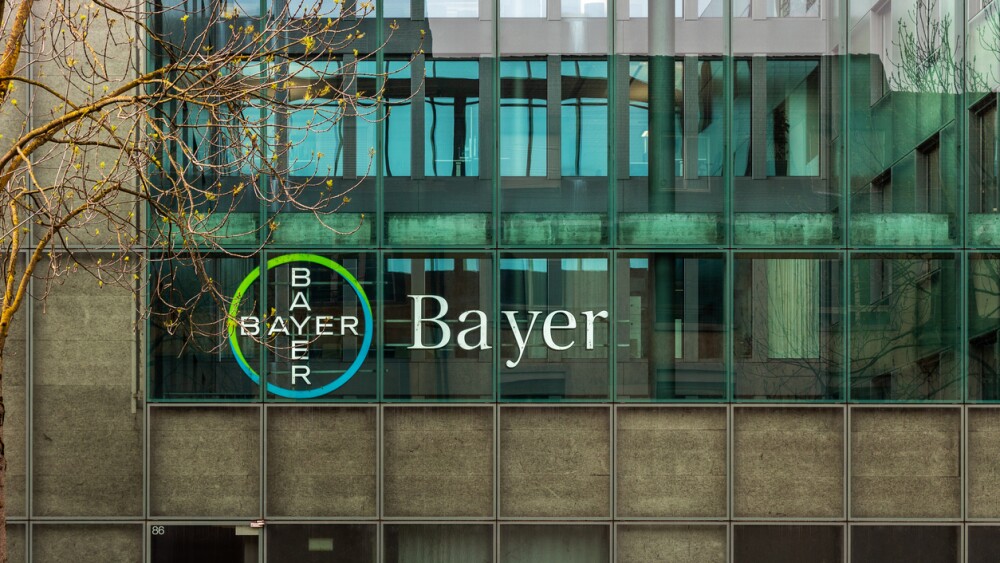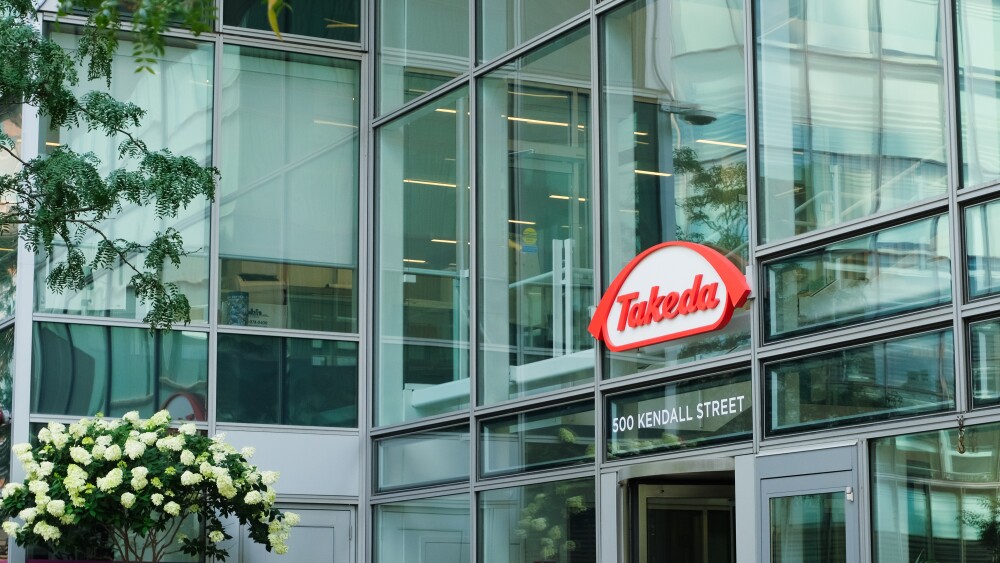The Small Cell Lung Cancer Therapeutics Market size is estimated to be valued at USD 2.8 billion in 2025 and is expected to reach USD 5.1 billion by 2032, exhibiting a compound annual growth rate (CAGR) of 9.1% from 2025 to 2032. Small Cell Lung Cancer (SCLC) is a malignant type of lung cancer known for its rapid growth and shorter doubling time compared to non-small cell lung cancer (NSCLC). Although SCLC tends to respond more effectively to chemotherapy than NSCLC, it remains an aggressive disease. The development of SCLC is strongly linked to tobacco use, unhealthy lifestyle habits such as poor diet and alcohol consumption, chronic infections, HIV infection, family history, and physical inactivity.
Request Sample Report: https://www.coherentmarketinsights.com/insight/request-sample/799

Global Small Cell Lung Cancer Therapeutics Market Key Takeaways
Immunotherapy remains the most popular therapy type for small cell lung cancer, with the target segment expected to account for 45.7% of the market share in 2025.
First-line treatment segment is slated to account for 53.2% of the global small cell lung cancer therapeutics market share by 2025.
North America, with an estimated share of 38% in 2025, is expected to lead the global small cell lung cancer therapeutics industry.
Asia Pacific, with an expected CAGR of 11%, is poised to emerge as a hotbed for small cell lung cancer therapeutic market companies during the assessment period.
Rising Prevalence of Small Cell Lung Cancer Fueling Market Growth
Coherent Market Insights’ new small cell lung cancer therapeutics market analysis outlines key factors driving industry growth. Increasing incidence of small cell lung cancer (SCLC) is one such prominent growth driver.
Lung cancer remains the leading cause of cancer-related deaths globally, with over 1.8 million deaths reported in 2022. According to the International Agency for Research on Cancer (IARC), there were an estimated 180,063 new cases of SCLC in 2022.
This high SCLC burden is driving demand for small cell lung cancer therapeutics like immunotherapy and chemotherapy. These therapies are being widely used to improve patient survival rates, manage symptoms, and enhance quality of life by targeting aggressive tumor growth and reducing metastasis.
Also Read: Lung Cancer Market Size, Share, Trends & Opportunities for 2025-2032
High Treatment Costs and Late Diagnosis Limiting Market Growth
The global small cell lung cancer therapeutics market outlook appears bright, owing to rising incidence of this aggressive lung cancer. However, late diagnosis and high treatment costs might limit market growth to some extent during the forthcoming period.
Small cell lung cancer is generally diagnosed at advanced stages due to rapid progression and subtle early symptoms. This limits treatment options as well as reduces the effectiveness of available therapies.
Moreover, SCLC treatments like immunotherapy, chemotherapy, and targeted therapy are quite expensive. This limits their accessibility, especially in low- and middle-income regions, dampening overall small cell lung cancer therapeutics market demand.
Emergence of Targeted Therapies Unlocking Growth Opportunities
New targeted treatments, such as monoclonal and bispecific antibodies, are improving options for small cell lung cancer (SCLC). These therapies focus on attacking cancer cells more directly, which may improve results and cause less harm to healthy tissue. While tyrosine kinase inhibitors have shown limited success in SCLC, recent approvals like tarlatamab and durvalumab highlight growing potential. These advances are expected to open new growth opportunities for SCLC treatment companies during the forthcoming period.
Immediate Delivery Available | Buy This Premium Research Report: https://www.coherentmarketinsights.com/insight/buy-now/799
Emerging Small Cell Lung Cancer Therapeutics Market Trends
Rising demand for personalized medicine is a key growth-shaping trend in the small cell lung cancer therapeutics market. Advancements in genetic profiling and biomarker identification are enabling personalized treatment approaches. Tailoring therapies to individual genetic profiles enhances treatment efficacy and minimizes adverse effects.
Immunotherapy has become a popular SCLC treatment, with immune checkpoint inhibitors demonstrating durable clinical outcomes. These therapies are increasingly incorporated into treatment guidelines, enhancing survival rates and patient quality of life.
Combination therapies (e.g., chemotherapy + immunotherapy) are gaining traction, thanks to their ability to improve patient outcomes. Increasing adoption of these combination therapies is expected to boost the small cell lung cancer therapeutics market value.
Increasing regulatory support is creating a conducive environment for the growth of SCLC therapeutics market. Regulatory agencies like the U.S. FDA are expediting the review of promising therapies. For example, AstraZeneca's drug Imfinzi recently received priority review for treating limited-stage SCLC.
Also Read: Non-Small Cell Lung Cancer Market Outlook for 2025-2032
Analyst’s View
“The global small cell lung cancer therapeutics industry is set for rapid growth, owing to rising incidence of small cell lung cancer, emergence of targeted therapies, increasing R&D investments, and advancements in SCLC treatments,” said a senior CMI analyst.
Current Events and Their Impact on the Small Cell Lung Cancer Therapeutics Market
|
Event |
Description and Impact |
|
Accelerated Regulatory Pathways and Approval Processes |
|
|
Breakthrough Treatment Approvals and Clinical Advances |
|
|
Healthcare System Transformations and Access Issues |
|
Competitor Insights Key companies in small cell lung
cancer therapeutics market report: - Pfizer Inc. - AstraZeneca - Bristol-Myers Squibb - Merck & Co., Inc. - Johnson & Johnson - Roche Holding AG - Amgen Inc. - Novartis AG - AbbVie Inc. - Takeda Pharmaceutical
Company Key Developments ·
In
August 2025, the U.S. FDA granted breakthrough therapy designation to Ifinatamab
Deruxtecan for patients with pretreated extensive-stage SCLC. This antibody
drug conjugate was discovered by Daiichi Sankyo and is jointly developed by
Daiichi Sankyo and Merck. ·
In June
2025, BioNTech
partnered with Bristol Myers Squibb to globally co-develop and co-commercialize
BNT327, a next-generation bispecific antibody for solid tumors. BNT327 targets
both VEGF-A and PD-L1. It is being studied in several ongoing trials, including
global Phase 3 studies in extensive-stage small cell lung cancer (ES-SCLC) and
non-small cell lung cancer (NSCLC). Request For Customization: https://www.coherentmarketinsights.com/insight/request-customization/799 By Therapy Type: Immunotherapy, Chemotherapy, Targeted Therapy, Combination
Therapy, Others By Drug Class: Checkpoint Inhibitors, Chemotherapeutic Agents, Tyrosine
Kinase Inhibitors, Monoclonal Antibodies, Others By Treatment Line: First-Line, Second-Line, Third-Line, Maintenance Therapy,
Others Also Read: Lung Cancer Surgery Market
Analysis & Forecast for 2025-2032 Our Trusted Partners: Worldwide Market Reports, Coherent MI, Stratagem Market Insights Get Recent News: https://www.coherentmarketinsights.com/news About Us: Coherent
Market Insights leads into data and analytics, audience measurement, consumer
behaviors, and market trend analysis. From shorter dispatch to in-depth
insights, CMI has exceled in offering research, analytics, and consumer-focused
shifts for nearly a decade. With cutting-edge syndicated tools and custom-made
research services, we empower businesses to move in the direction of growth. We
are multifunctional in our work scope and have 450+ seasoned consultants,
analysts, and researchers across 26+ industries spread out in 32+ countries. Contact
Us: Mr. Shah Coherent
Market Insights Pvt. Ltd, U.S.: +
12524771362 U.K.:
+442039578553 AUS:
+61-8-7924-7805 INDIA:
+91-848-285-0837 ✉ Email: sales@coherentmarketinsights.com




